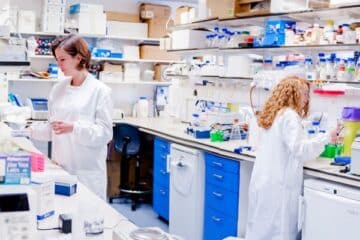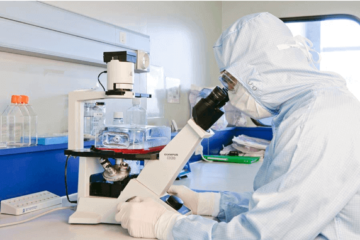iPSCs and Cardiovascular Disease: Modeling and Therapeutic Prospects
**iPSCs: Advancing Cardiovascular Disease Research and Therapies**
Induced pluripotent stem cells (iPSCs) hold immense promise for understanding and treating cardiovascular diseases. By reprogramming patient-specific cells into iPSCs, researchers can generate disease-specific models to study disease mechanisms and discover novel therapeutic targets.













